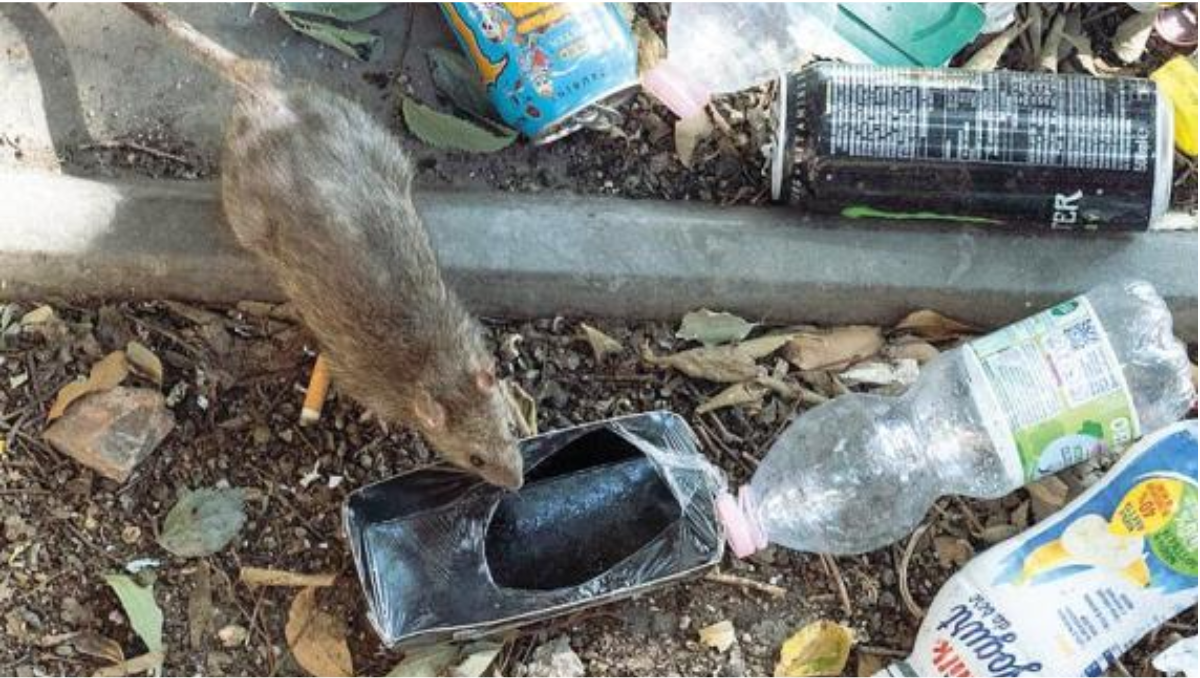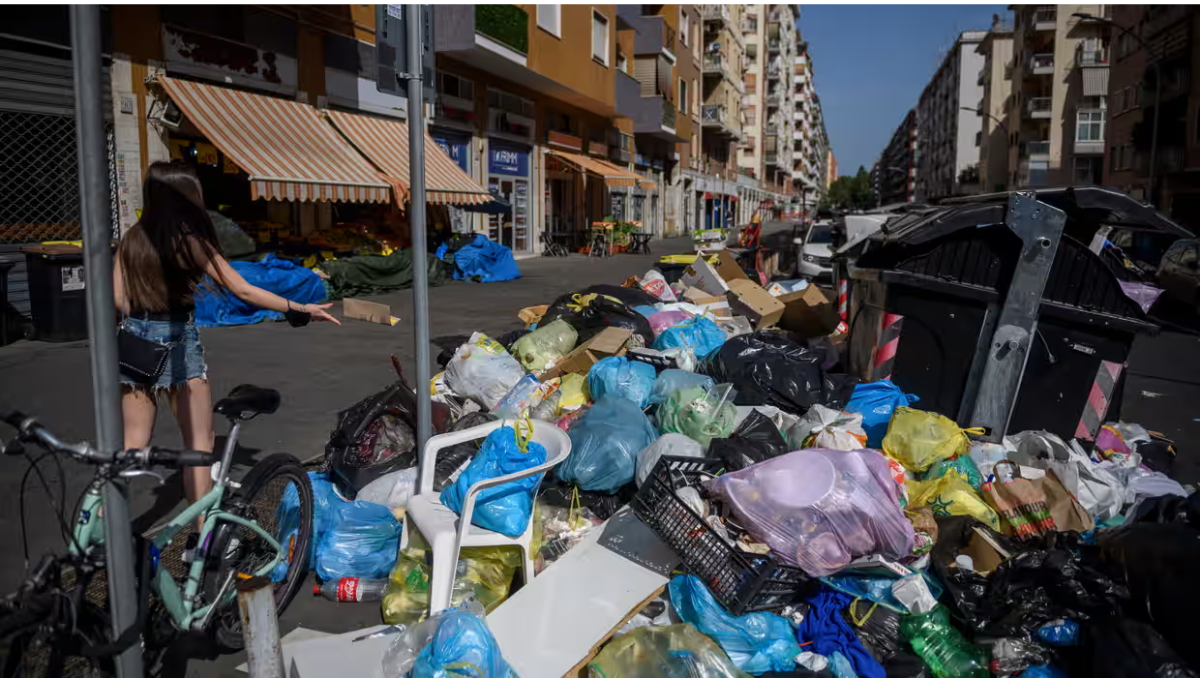The Colosseum has fallen victim to a rat infestation with some blaming climate change, prompting local authorities to take measures to tackle the problem on Saturday.
Table of Contents
“From lions to rats”
Social media, along with leading Italian publications in Rome have been teeming with photos and videos of rats “as large as cats” roaming among waste paper, plastic bottles and leftover food stagnating near the Flavian amphitheatre, eliciting reactions of surprise from tourists. The poor state of one of the seven wonders of the world has drawn criticism from the tourists and locals towards the civil authorities of Rome who have promised to undertake and reinforce extermination methods.
The situation has provided new fuel for political standoffs and pot-shots, with Claudio Durigon, senator of the Italian Republic and member of the right wing Lega party, stressing upon the need to “clean up the city”, while city councillor Davide Bordoni compared Rome to “an open-air landfill with waste of all kinds”, as reported by Italian newspaper Correire Della Serra.
Another Lega member, Simonetta Matone, took aim at the mayor of the city, Roberto Gualteri, member of the Democratic Party, claiming that it was “difficult to remember a worse situation than the current one.” Sparks flew between the municipality and the director of the Colosseum Archaeological Park, Alfonsina Russo, with the latter pointing out that “the problem of rodents does not in any way concern the internal areas of the Park”.

Climate change the malefactor?
The heatwave, according to the city’s head of waste management, Sabrina Alfonsi, has been a chief catalyst behind the increased vermin menace. Tourists have been flocking the Italian capital in droves with the onset of summer. Plastic bottles of water have been necessary for the tourists to beat the heat, and their careless disposal has compounded the problem. While Roman summers are far from comfortable, they have taken a turn for towards the sinister, with Southern Europe grappling with deadly heatwaves and the mercury reaching record temperatures throughout this year.
SIMA, or the Italian Society of Environmental Medicine, has estimated that the rat population of Rome is about 10 million, which equates to 3.5 mice for each human inhabitant. SIMA president Alessandro Miani also attributed the worrying proliferation of rats to the recent heatwave, explaining how vermin tend to grow in numbers in the presence of strong heat, leading rats to come out in search of food and water which increases probability of rats and humans coming into contact. He cautioned against the serious danger at hand, considering the 40 diseases that can be transmitted directly or indirectly by rats, including leptospirosis, salmonella, rabies, etc.
Talking to the news agency Adnkronos, Alfonsi clarified that a “special intervention” was carried away on Friday night and early Saturday to alleviate the maladies of visitors on their way to one of Italy’s most visited tourist sites. The situation, she claimed, “was now under control”, but would require intervention till next week, with workers targeting and laying traps in the green areas around the Colosseum, along with the drains, a popular haunt for the rats.
The Piazza del Campidoglio, or the Roman city hall, communicated their efforts to the public in the form of photos of municipal staff cleaning up heaps of plastic bottles, cans and other refuse, with an illuminated Colosseum standing tall in the background.

Seemingly-eternal problem for the Eternal City
Rome’s struggles with infestation and the ever-growing garbage crisis is far from recent, as various governments have failed to keep the city clean over the years. Despite the inclusion of its historic centre—which includes the Trevi Fountain, Colosseum and Spanish steps—in the coveted world heritage list in 1980, locals have been perturbed by the “mortifying” scenes of rubbish, the Eternal City almost in a “decaying” state. “Invasions” of bar and restaurant tables, electric scooters, along with overflowing bins, graffiti and unkempt parks are one of the many problems highlighted by the inhabitants.
Besides rats, wild boars have also been reported around the city, prowling down roads in the search of food in bins. A recent La Repubblica article had reported on deer sightings on the streets in the middle of the night as well, prompting various reactions from Facebook commenters, with one anticipating “Tarzan to go by, taking a ride on the vine” on the Roman streets.













